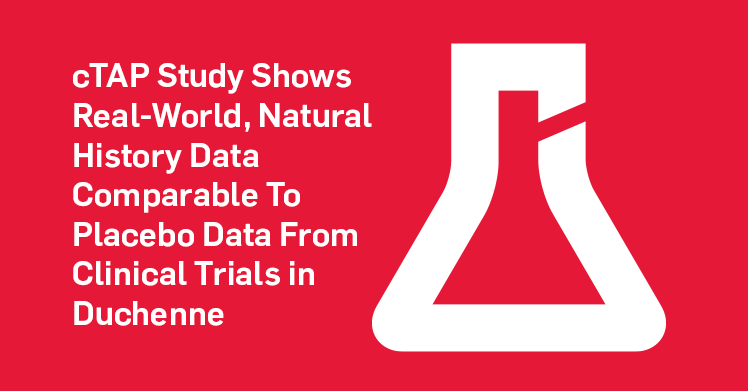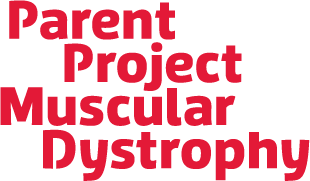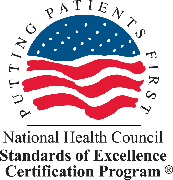
The Collaborative Trajectory Analysis Project (cTAP) announced results of a study looking at real world data and natural history data and comparing it to placebo arm data from past clinical trials. The goal of this type of comparison and analysis is to demonstrate that the data is comparable and hopefully decrease the need for or the number of patients that are randomized to placebo in clinical trials.
Results from this analysis demonstrated that the data was highly comparable. This makes the case that real-world data and natural history data could augment or replace placebo controls in clinical trials.
PPMD is one of the early funders of cTAP, and we are grateful to the companies, academics, and patient groups collaborating on this effort.
View Press Release > See Article in Neurology >Read the Press Release from cTAP
cTAP Study Shows Real-World, Natural History Data Comparable To Placebo Data From Clinical Trials in Duchenne Muscular Dystrophy
Results published in peer-reviewed journal Neurology indicate that real-world data (RWD) and natural history data (NHD) could augment or replace placebo controls in DMD clinical trials.
Use of RHD and NHD have potential to streamline and accelerate clinical programs targeting new treatments for DMD.
CAMBRIDGE, Mass., September 8, 2020 – The Collaborative Trajectory Analysis Project (cTAP), a multi-stakeholder, global research coalition in Duchenne muscular dystrophy (DMD), today announced results from the largest ever multi-national, multi-collaboration study in DMD indicating that both real world data (RWD) and natural history data (NHD) are highly comparable to data from patients treated with placebo in multiple recent clinical trials. Results demonstrate that use of RWD or NHD could supplement or possibly even replace use of a placebo arm in future DMD clinical research, potentially helping to streamline efforts to develop new treatments.
“This study found a striking level of consistency in the six-minute walk distance assessment in DMD patients from six clinical trial placebo arms and patients from five different real world and natural history studies,” said Craig McDonald, a co-author of the study and Professor and Chair of the Department of Physical Medicine and Rehabilitation at the University of California Davis. “This rigorous study establishes a strong foundation for using natural history data as a substitute for placebo control in clinical trials and as a comparator to determine the effectiveness of prescribed drug treatments versus standard of care treatment.”
In the study, researchers brought together by cTAP analyzed disease progression in 383 patients with DMD randomized to placebo arms in six clinical trials compared with data observed in a real world setting for 430 patients from five clinical registries in the U.S. and Europe. Patient outcomes were assessed based on similar inclusion/exclusion criteria and adjusted for known prognostic factors. This is the first study to demonstrate the comparability of disease progression in NH/RWD and placebo arms of clinical trials in DMD. Access the article here.
To date, the potential for bias in clinical trials versus clinical practice has limited the use of NH/RWD to supplement or replace placebo controls. This study demonstrates that the potential for bias is low, and as such provides a foundation for drug developers to now consider application of NH/RWD in registration trials.
“The results of this landmark research effort have profound implications for clinical research in DMD and potentially many other rare diseases. We applaud cTAP for supporting this research effort and look forward to sharing these insights with all of the stakeholders in DMD research including regulators, industry, clinicians and patient advocates,” said Francesco Muntoni, Professor and Chair of Pediatric Neurology at University College London. “This effort, which addresses a key priority for patient foundations, shows clearly that by working together we can identify better solutions to advance clinical research that can facilitate the development of new treatments for DMD.”



 by: Parent Project Muscular Dystrophy
by: Parent Project Muscular Dystrophy

